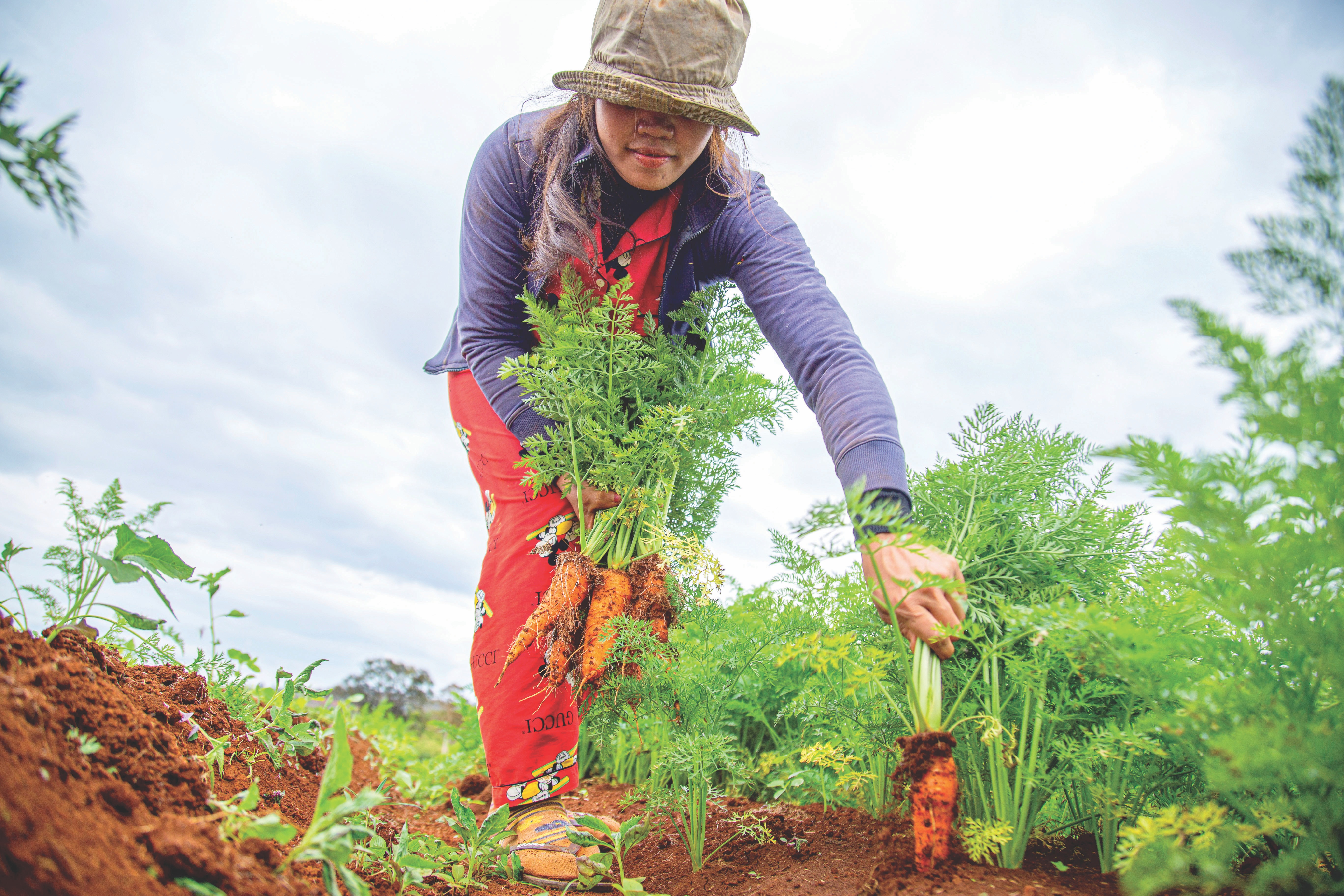
4 Ways Permaculture Can Heal the World
Oct 12, 2021Some may ask, what is the purpose of Permaculture?
Ecoversity’s Permaculture definition is derived from the awareness of an ecological crisis. Permaculture generates a vision of people breaking free of a dying system and using the land around their homes intensively to provide for more and more of their basic needs.
We know that requiring less labor over time also frees one for more creative and socially responsible work. The more productive the areas adjacent to people’s dwellings become, the more feasible it is to preserve the remaining natural forests and other wild lands from destruction. Permaculture activists globally are working to lay foundations for the gradual emergence of self-reliant cooperatives that thrive throughout these principles of self-sufficiency.
Permaculture, having a deep foundation in regenerative agriculture, is allowing communities to address basic needs such as food and materials on a small scale, to gain the tools to address wider and more global issues of climate change and shortages of resources.
At Ecoversity, we believe permaculture principles and practices can have the ability to heal the current state of our planet.
Here’s 4 Reasons Why:
1. Regeneration

One of the key ways that permaculture can save the world is regenerating degraded and deforested land. A true 'permaculturist' looks for land projects that have degraded land to implement thriving permaculture gardens and communities to restore the land. A key element of permaculture is “regenerative agriculture,” which describes farming and grazing practices that reverse climate change by rebuilding organic matter and restoring degraded soil biodiversity.
It’s time to shift past sustainable practices, which by definition is “to barely maintain”, and lean towards a regenerative future together.
2. Community

What separates solely Regenerative Farming from Permaculture is the human component. The idea of social permaculture is based in community and integration. The permaculture social design ignites systems to allow for practitioners to be collectively working towards one common goal, allowing the physical and nonphysical permaculture design elements to interweave into a seamless integration.
The ethical basis of permaculture rests upon care for the earth – provision for all life systems to continue and multiply, including access by humans, domestic animals and wildlife to resources necessary for their existence, not the accumulation of wealth, power, or land beyond their needs. “Give away surplus” is a permaculture maxim. Observing the general rule of nature – that cooperative species and associations of self-supporting species make healthy communities – permaculture practitioners value cooperation and recognition of each person’s unique contributions rather than standardization and competition.
3. Food Systems

Permaculture is most highly regarded for its highly efficient food systems and food forests. Permaculturists have been adopting techniques and principles from disciplines and traditions, old and new, such as indigenous land use regarding food systems for decades. Permaculture principles provide a way of thinking that enables people to establish highly productive environments that provide for their food.
Permaculture is paving the way for earth inhabitants to get reconnected to where their food comes from and allow for easy accessibility to their food. By creating systems of land management, even in rural or suburban permaculture, that integrate trees, plants, and animals to make maximum use of the land; where every part is considered suitable for useful plants (including urban lawns!). Perennials, food that has the ability to grow all throughout the year, is crucial to these conservative, long-term and productive food systems in permaculture.
4. Future Systems

Most importantly, permaculturists are designing for future inhabitation of the earth. Earth healing in all forms. Permaculture generates a vision of people breaking free of the dying system and using the land around their homes intensively to provide for more and more of their basic needs.
Permaculture work fosters a growing understanding of nature’s patterns and generates models of sustainable living which aims to achieve maximum productivity with minimal labor and other inputs. The implementation of a design requires proper sequencing and flexibility so that changes can be made as observation and experience bring new understanding. Creating a permaculture environment is a gradual and long-range process. But designing systems now that will thrive in the future is crucial to life on Earth.
Ecoversity’s Permaculture Design Certification

In this internationally recognized certification program, you will gain the tools and principles to design a self-sustaining property system for your property or anyone else’s. It gives you the tools to redesign your life, as well as your garden. It will teach you how to grow your food, and your relationships.
It will foster the right balance of self-reliance and community mindset. From compost to renewable energy, mushrooms to bees, the curriculum will teach you about the earth, ecosystems, community and yourself.
It will equip you practically to deal with the very real challenges of our future.


